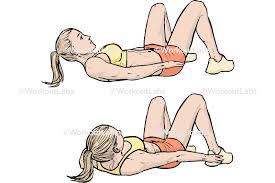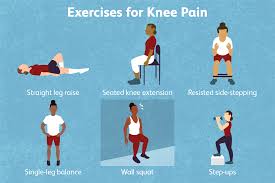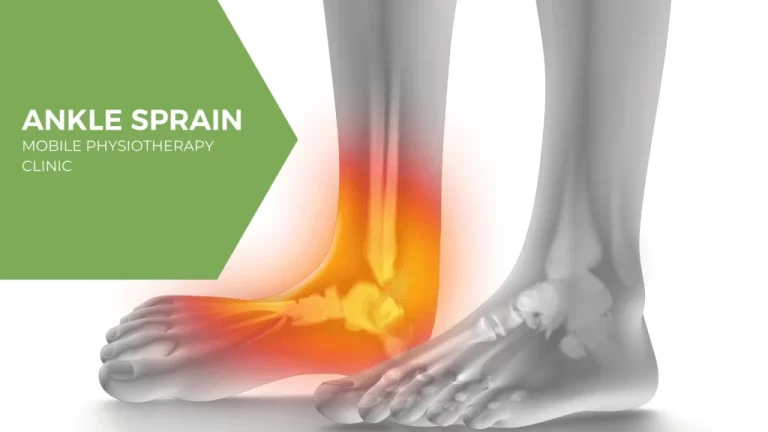Garbhasana (Embryo Pose)
Garbhasana is a pose or posture that derives from the Sanskrit term “Garbha,” which also means fetus or embryo. Your body takes on the shape of a developing fetus when you strike this stance. Thus, this asana has that name. Yoga’s Fetus Pose requires you to balance while keeping your weight on your buttocks. It is a great pose for your nervous system and for controlling your aggression.
Table of Contents
Description
During the performance of this asana, the body takes on the shape of a fetus.
Anatomical
The main anatomical focus is on maintaining balance. You must remember to move into the pose slowly so that you can maintain balance. Have a point of focus for maintaining balance. Do not force the arms through the legs.
This asana is beneficial to the following muscles, hence it can be used into yoga sequences that emphasize those muscles:
- Lower Back
- Biceps and Triceps
- Core (Abs)
- Hamstrings
- Hips
Therapeutic Applications
Garbhasana is quite effectual in case of nervous disorders. It tends to cure any kind of problems related to nerve in the human body. Furthermore, this form of yoga has been proved to be effective at managing anger within a short period of time. Hence, a person who tends to get angry in short time can perform this yoga and attain relief.
Benefits
There are various benefits of performing this form of asana that has been pinpointed below:-
It tends to possess a modifiable effect upon the adrenal glands and is effective in calming the excited mind.
Any form of nervous problems can be cured with the regular practice of this pose.
It is effectual in curing anger.
It tends to tone the abdominal organs.
It is beneficial in case of indigestion problems and helps in increasing appetite.
A person’s sense of balance tends to be enhanced to a greater degree.
Beginner’s Tip
Beginner’s can keep a bolster between their knees in order to place the upper body, arms and head and make the pose quite comfortable. This shall assist pregnant women as well as people who are fat. You can as well place a blanket between the heels as well as buttock and hence sit upon it. This will reduce the pain on knees and hips. In the beginning it is common for you to fall either forward or backward. Take the assistance of the wall to prevent you from falling.
Difficulty Level of Asana: Intermediate.
Duration
To Get the benefit, this asana should be kept stable for at least 30 seconds; with practice, this time can be increased to 2 minutes.
Variations Tips
It could be unpleasant and difficult for people with hairy legs to put their arms between their legs. It will also be challenging for people who have a lot of muscle or fat on their legs. To make it easier to fit the arms between the legs, oil or water can be applied to the arms and legs.
Video:
Preparatory Poses
- Padmasana
- Kukkutasana
- Tolangulasana
Garbhasana yoga sequences
Yoga sequences that include the following poses frequently include garbhasana:
- Ashtanga yoga sequences
- Iyengar yoga sequences
- Kids yoga sequences
- Core yoga sequences
- Hip opening yoga sequences
Contraindications and Cautions
A person possessing knee pain or injury must try avoiding this form of yoga asana as it might worsen the situation badly. Furthermore, a person with high blood pressure problem must also avoid performing this yoga in order to prevent the problem from escalating.
FAQs
Benefits of Garbhasana are:
regulates the adrenal glands and soothes an upset mind.
relieves nervous system problems.
helpful in reducing anger.
stretches and strengthens of the abdomen organs.
boosts hunger and stimulates the digestive process.
enhances a sense of equilibrium.
The terms garbha and asana both refer to a foetus or embryo. It is a challenging seated balance pose that expands the hips, concentrates the mind, and stabilizes it. A foetus in a mother’s womb is what this intricate position resembles.
Garbhasana is a seat, stance, or posture that derives from the Sanskrit term “Garbha,” which also means foetus or embryo. Your body takes on the shape of a developing foetus when you strike this stance.







